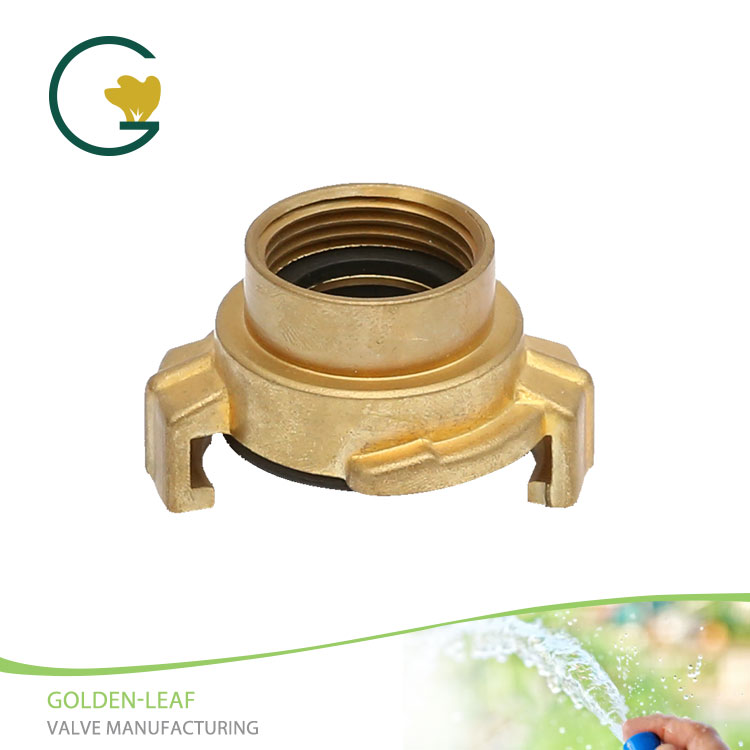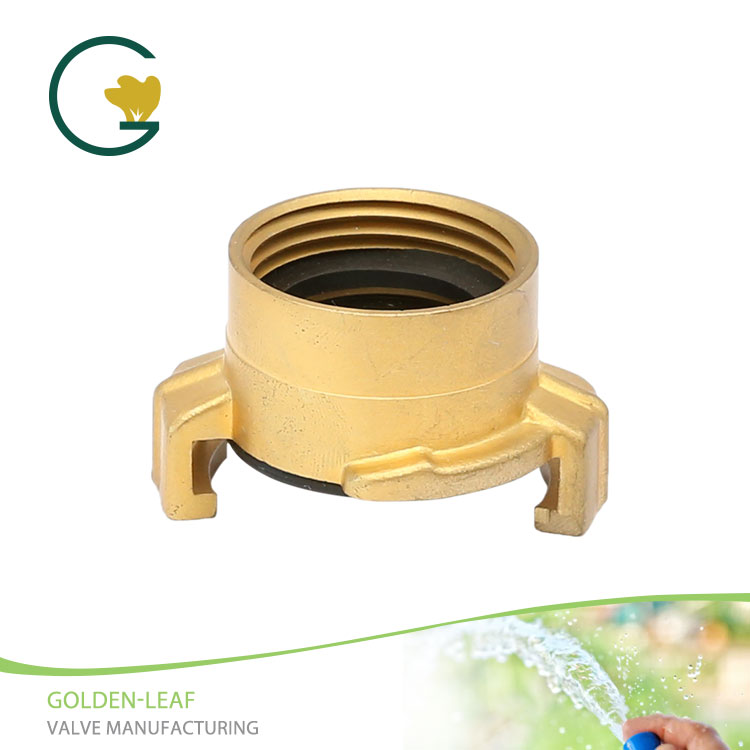Fire hose couplings come in various types, each designed for specific purposes and compatibility.

Storz couplings are symmetrical, quarter-turn couplings widely used in firefighting applications. They provide a quick and secure connection between hoses and hydrants or other hoses. Storz couplings come in various sizes, typically ranging from 1.5 inches to 6 inches in diameter.
National Standard Thread (NST) Coupling: Also known as National Hose (NH) or National Pipe Straight Hose (NPSH) couplings, NST couplings are commonly used in the United States for fire hose connections. They have a straight, threaded connection and are available in sizes ranging from 1 inch to 6 inches.
Camlock couplings, also referred to as cam and groove couplings, are versatile and easy-to-use couplings that feature a cam mechanism to secure the connection between hoses. They are available in various materials such as aluminum, brass, stainless steel, and polypropylene, and they come in sizes ranging from 3/4 inch to 6 inches.

Quick connect couplings are designed for rapid hose connections and disconnections. They feature a push-to-connect or twist-to-connect mechanism for fast engagement. These couplings are commonly used in industrial and firefighting applications.
British instantaneous couplings, also known as British Standard Instantaneous (BSI) couplings, are commonly used in the United Kingdom and other countries following British standards. They feature a bayonet-style connection with lugs and hooks for quick and secure attachment.
French couplings, also known as Guillemin couplings, are commonly used in Europe and other regions. They feature a quarter-turn bayonet connection with locking lugs for secure attachment.
Norwegian couplings, also known as SMS (Swedish, Norwegian, Finnish) couplings, are used in Scandinavian countries. They feature a symmetrical quarter-turn connection similar to Storz couplings.
These are just a few examples of the types of fire hose couplings available, each with its unique design and application. The choice of coupling depends on factors such as compatibility with existing equipment, regional standards, and specific firefighting requirements.
